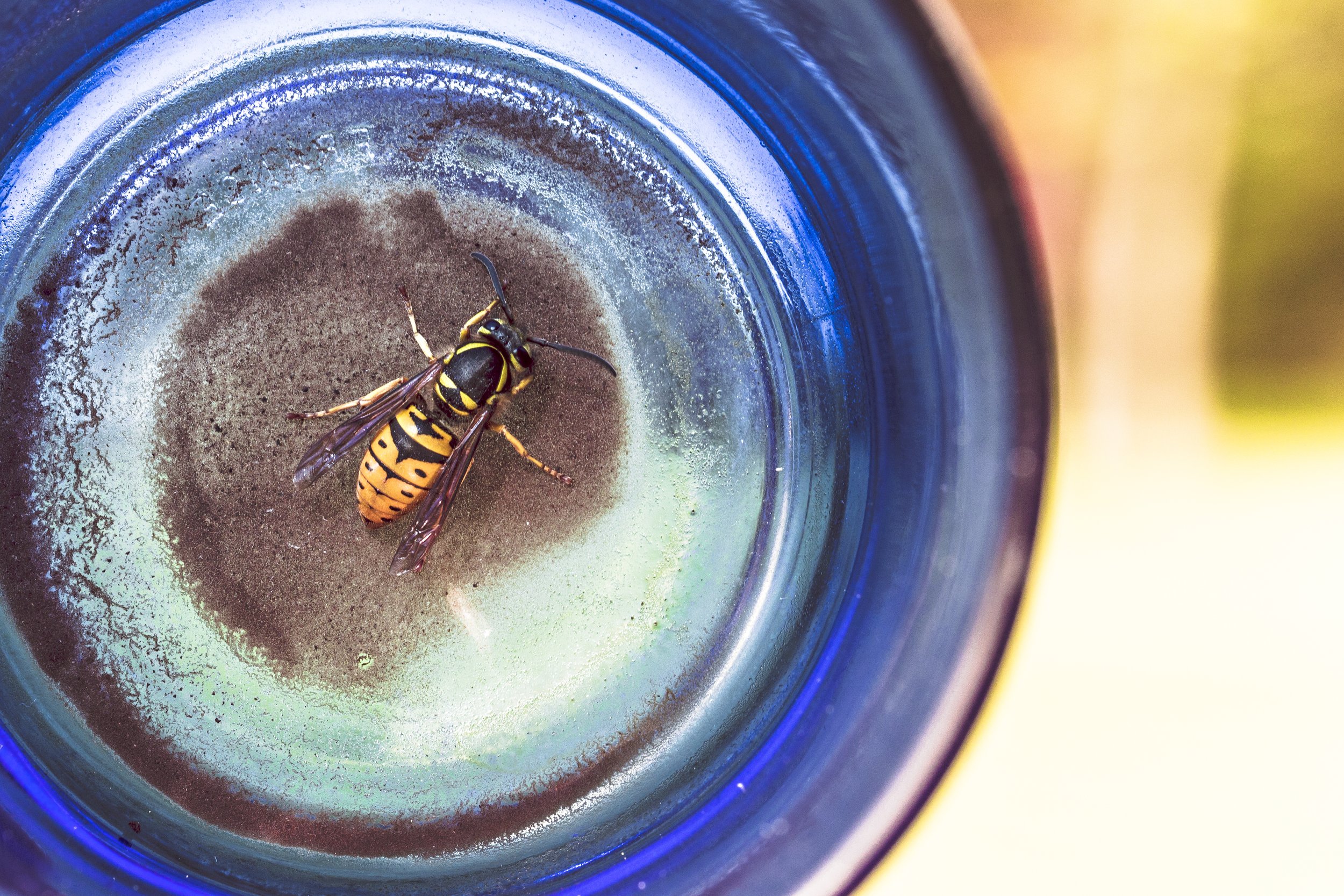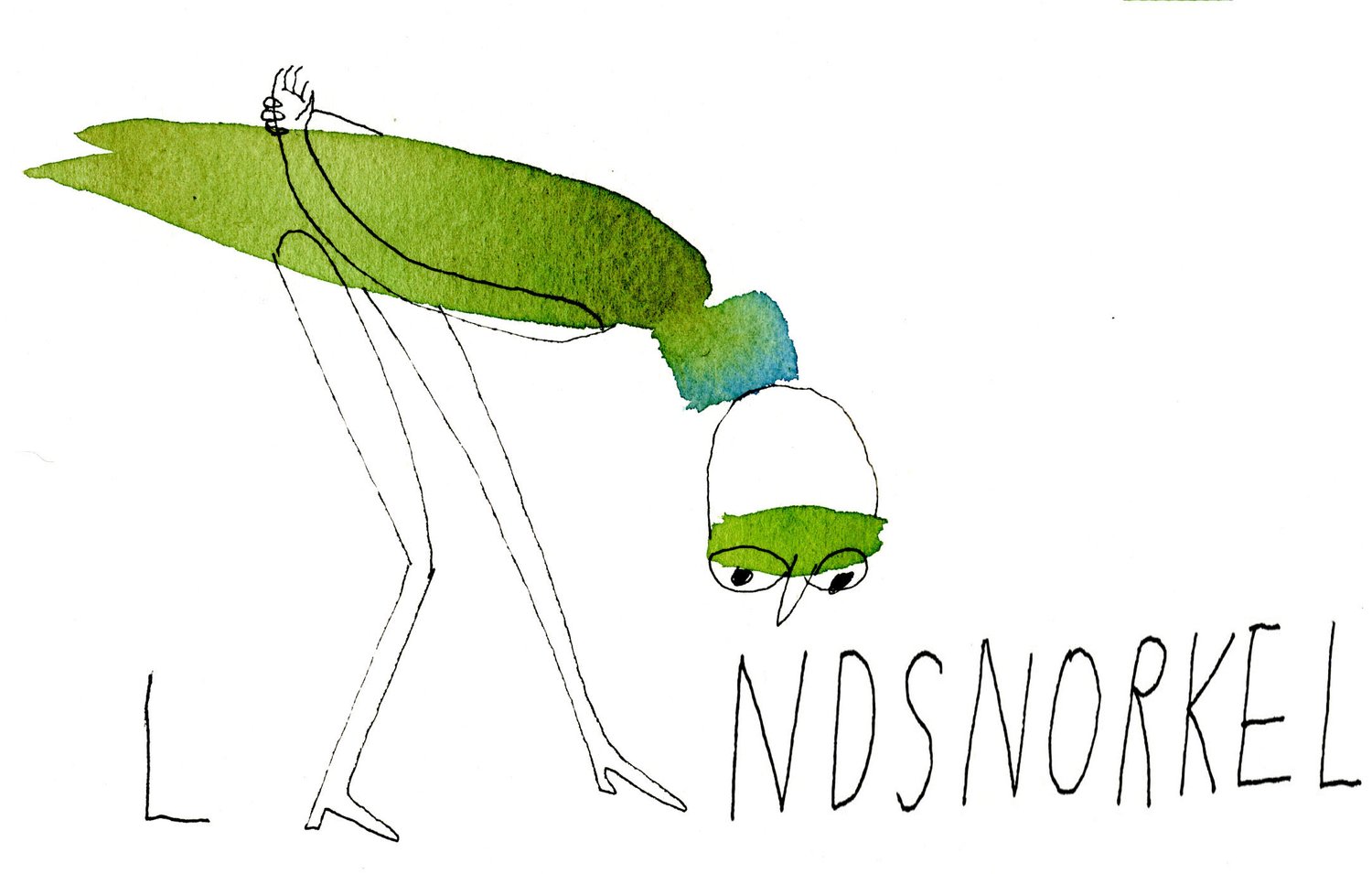Wasps!
 Wasps! Order: Hymenoptera, Family - VespidaeBy Karen StevensonIt’s that time of year when even my dog doesn’t want to sit out on the deck on a nice autumn day because of the gangs of wasps rumbling about. With a little research on the web (see below) I discovered these frantic insects are just having major heartthrob! It may be autumn and a time to reflect for us humans, but with the cooler shorter days, these paper wasps are hot with desire. Male wasps prefer hanging out in or near tall structures – our house sits on a high hill – and emit good smelling after-shave otherwise known as pheromones. As I write, they are knocking themselves silly against my window, a behavior that reminds me of boys at a junior high dance. The wanna be queens come hither and yon, giddy with anticipation, knowing that once the deed is done they will not be strapped with any long term commitment as the males soon expire, hopefully with smiles on their faces.According to one source, all wasps build nests, either underground or hanging from a tree or building or barn rafter. Their house building technique is what I admire, not only in function but in design. The symmetrical beauty of the structure is made from, well, wasp spittle! The wasps masticate wood fiber with their mandibles into pulp and construct their six-sided cells over and over again until they have a structure that will house as many as 5,000 individuals. Cool! But what I love is in the semantics. The wasp nest is called … (drum roll, please) … a vespiary. Vespa, Latin for wasps, vespiary. The word brings to mind an image of a gray papered monastery with wasps in brown hooded cloaks humming their evening vespers as they mingle in the early evening.This autumn let us not forget, as we duck and dive from these long-legged flying mini-masticating stucco machines, that we need them. As quoted by the National Geographic article listed below: “Despite the fear they sometimes evoke, wasps are extremely beneficial to humans. Nearly every pest insect on Earth is preyed upon by a wasp species, either for food or as a host for its parasitic larvae. Wasps are so adept at controlling pest populations that the agriculture industry now regularly deploys them to protect crops.”But here’s the clincher, the thing I really love about wasps and will forever forgive them for their swarming and rather obnoxious fall behavior…THEY EAT TICKS!For more information on wasps click on the links below. Webliography:http://www.ces.ncsu.edu/depts/ent/notes/Other/note144/note144.htmlhttp://animals.nationalgeographic.com/animals/bugs/wasp/ This National Geographic link has some cool up close and personal and pretty spectacular photographs of wasps!
Wasps! Order: Hymenoptera, Family - VespidaeBy Karen StevensonIt’s that time of year when even my dog doesn’t want to sit out on the deck on a nice autumn day because of the gangs of wasps rumbling about. With a little research on the web (see below) I discovered these frantic insects are just having major heartthrob! It may be autumn and a time to reflect for us humans, but with the cooler shorter days, these paper wasps are hot with desire. Male wasps prefer hanging out in or near tall structures – our house sits on a high hill – and emit good smelling after-shave otherwise known as pheromones. As I write, they are knocking themselves silly against my window, a behavior that reminds me of boys at a junior high dance. The wanna be queens come hither and yon, giddy with anticipation, knowing that once the deed is done they will not be strapped with any long term commitment as the males soon expire, hopefully with smiles on their faces.According to one source, all wasps build nests, either underground or hanging from a tree or building or barn rafter. Their house building technique is what I admire, not only in function but in design. The symmetrical beauty of the structure is made from, well, wasp spittle! The wasps masticate wood fiber with their mandibles into pulp and construct their six-sided cells over and over again until they have a structure that will house as many as 5,000 individuals. Cool! But what I love is in the semantics. The wasp nest is called … (drum roll, please) … a vespiary. Vespa, Latin for wasps, vespiary. The word brings to mind an image of a gray papered monastery with wasps in brown hooded cloaks humming their evening vespers as they mingle in the early evening.This autumn let us not forget, as we duck and dive from these long-legged flying mini-masticating stucco machines, that we need them. As quoted by the National Geographic article listed below: “Despite the fear they sometimes evoke, wasps are extremely beneficial to humans. Nearly every pest insect on Earth is preyed upon by a wasp species, either for food or as a host for its parasitic larvae. Wasps are so adept at controlling pest populations that the agriculture industry now regularly deploys them to protect crops.”But here’s the clincher, the thing I really love about wasps and will forever forgive them for their swarming and rather obnoxious fall behavior…THEY EAT TICKS!For more information on wasps click on the links below. Webliography:http://www.ces.ncsu.edu/depts/ent/notes/Other/note144/note144.htmlhttp://animals.nationalgeographic.com/animals/bugs/wasp/ This National Geographic link has some cool up close and personal and pretty spectacular photographs of wasps!

